Bolt Boots

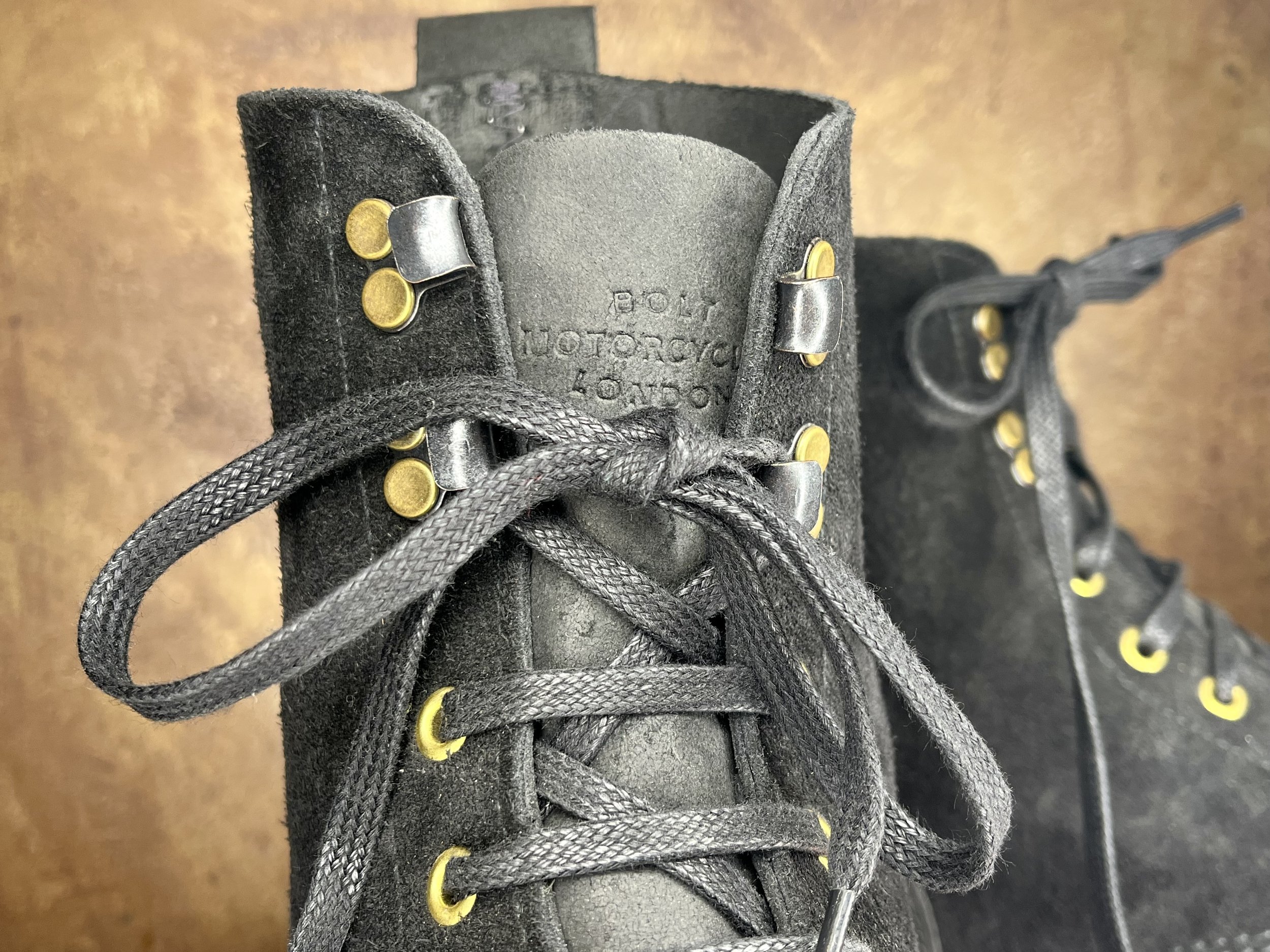
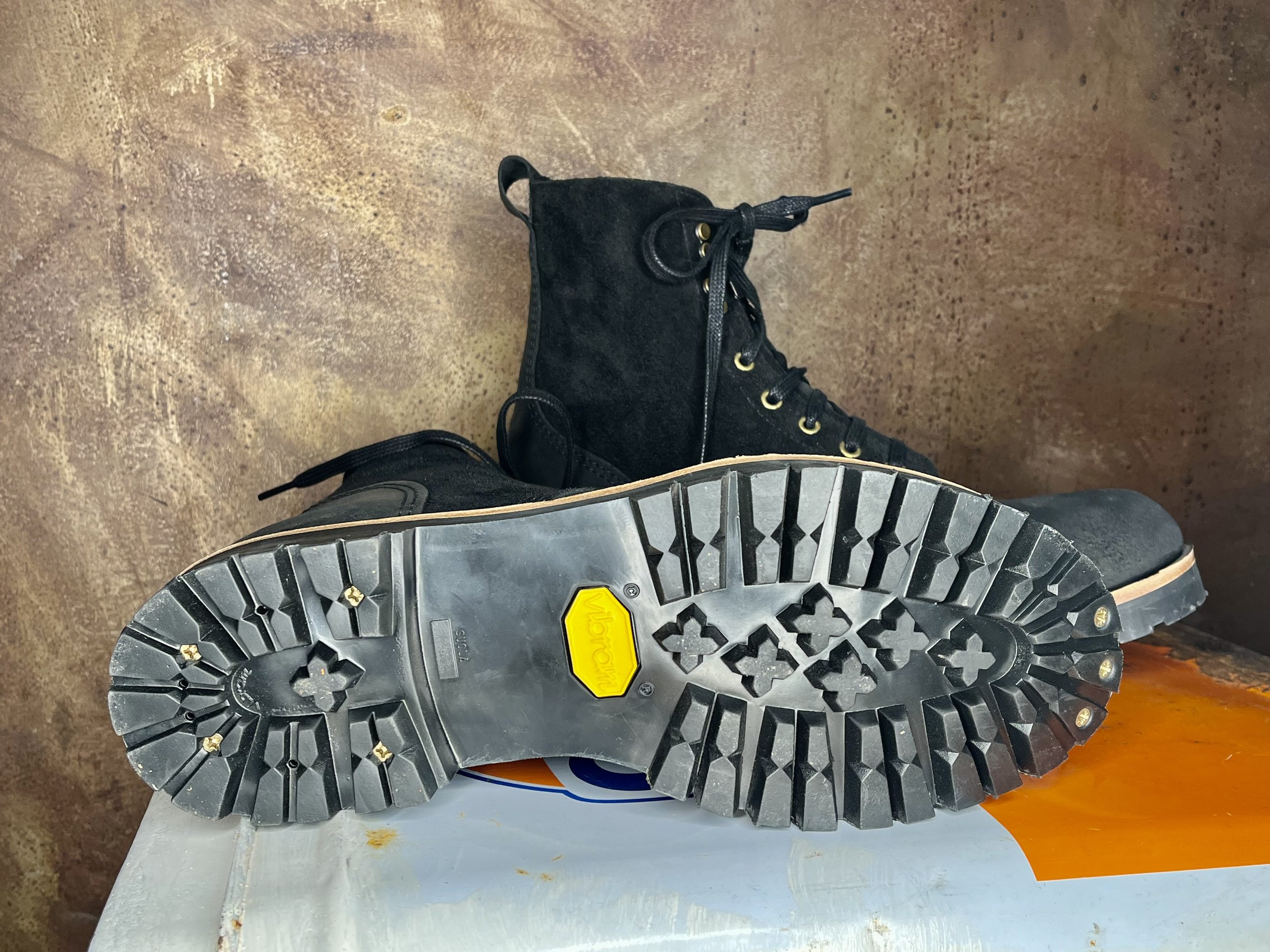


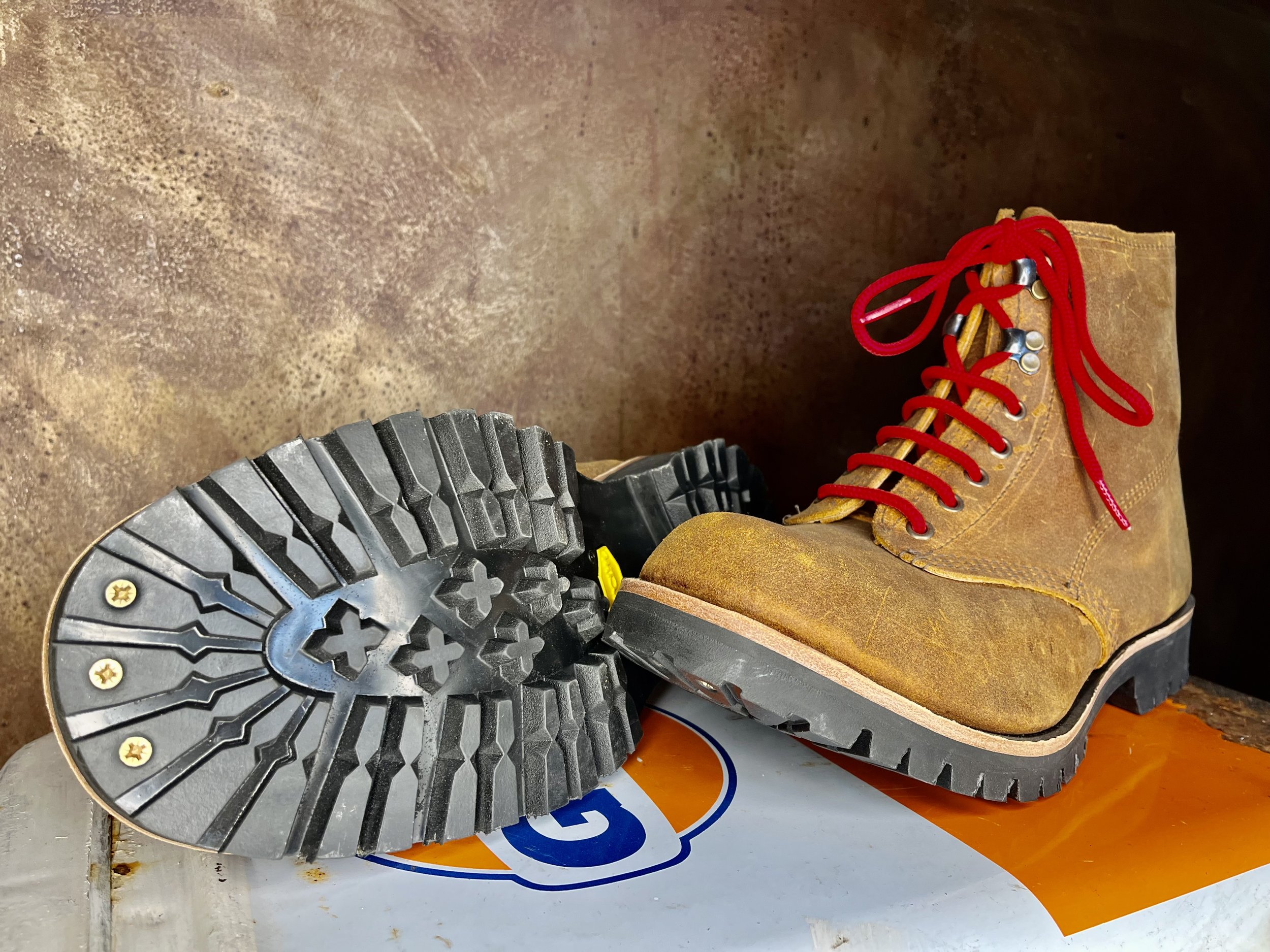
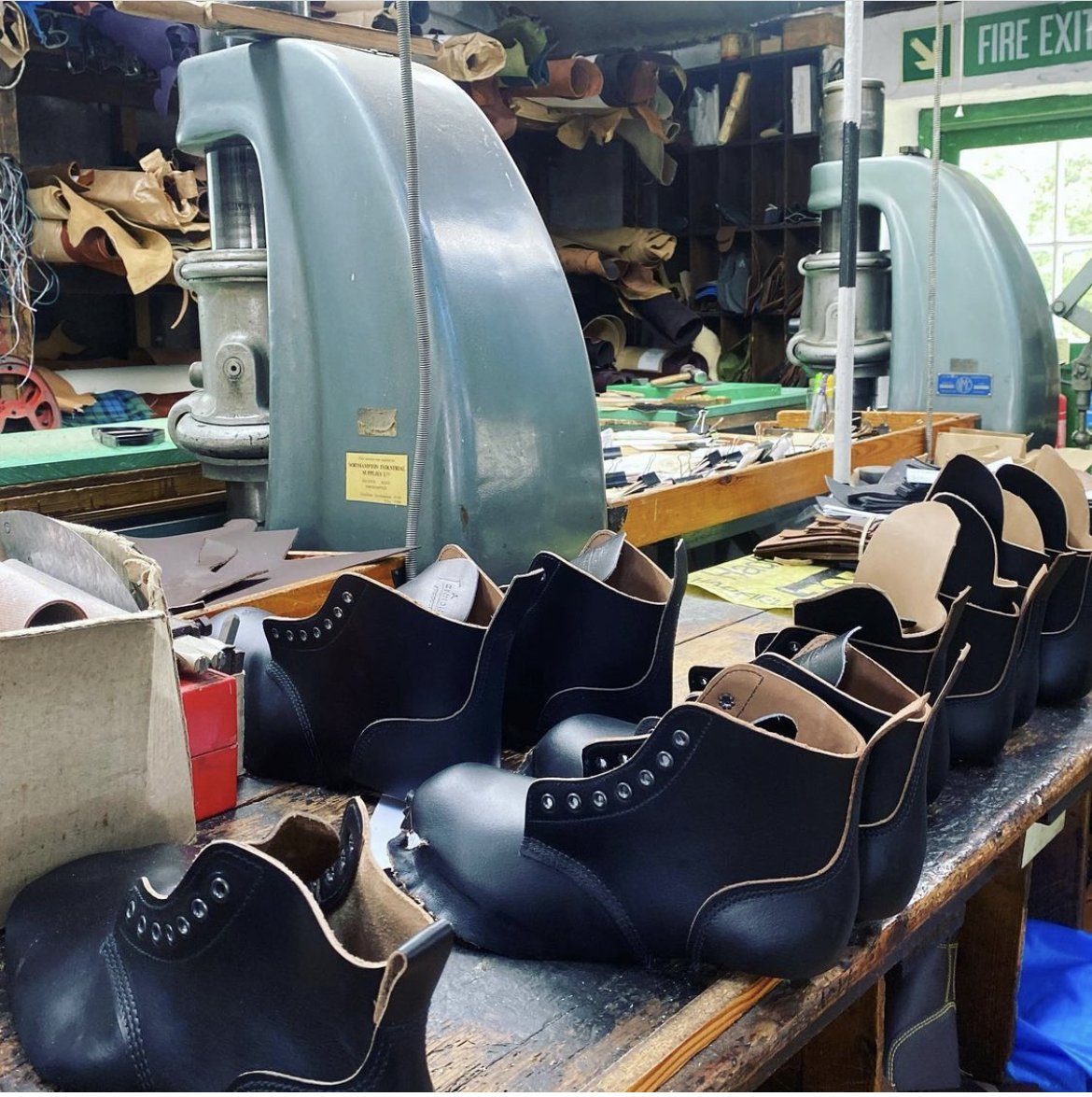


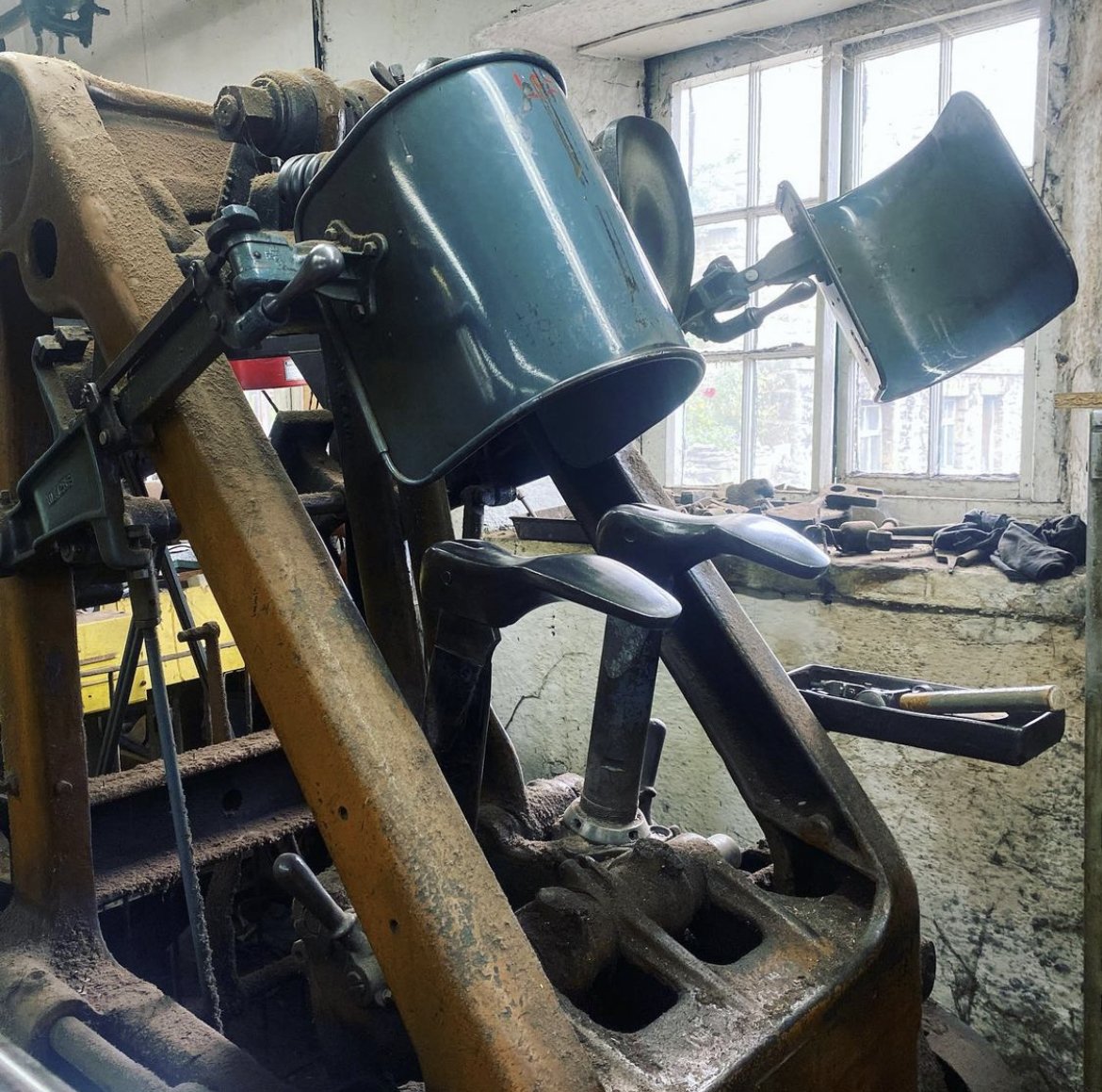
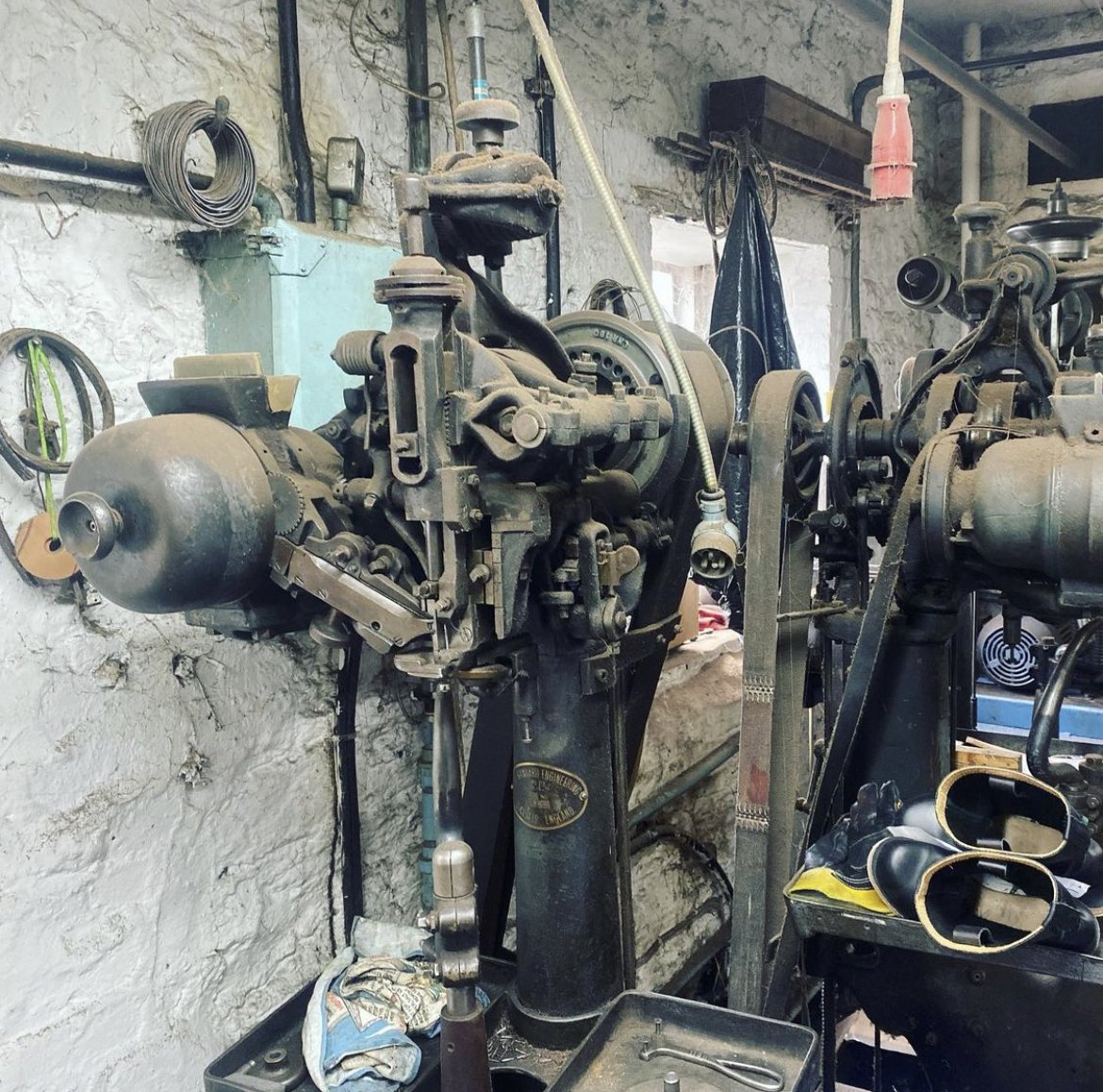
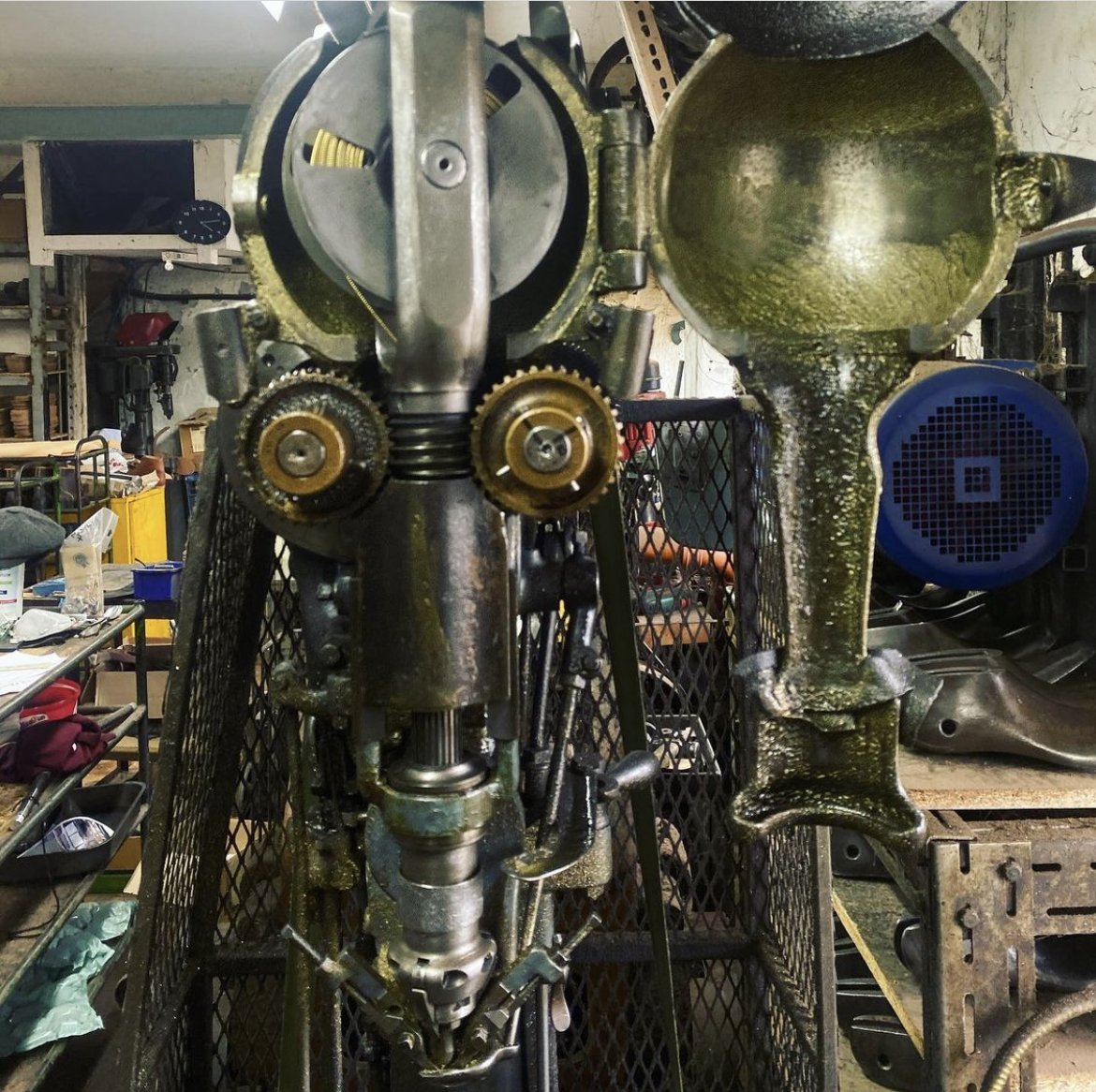
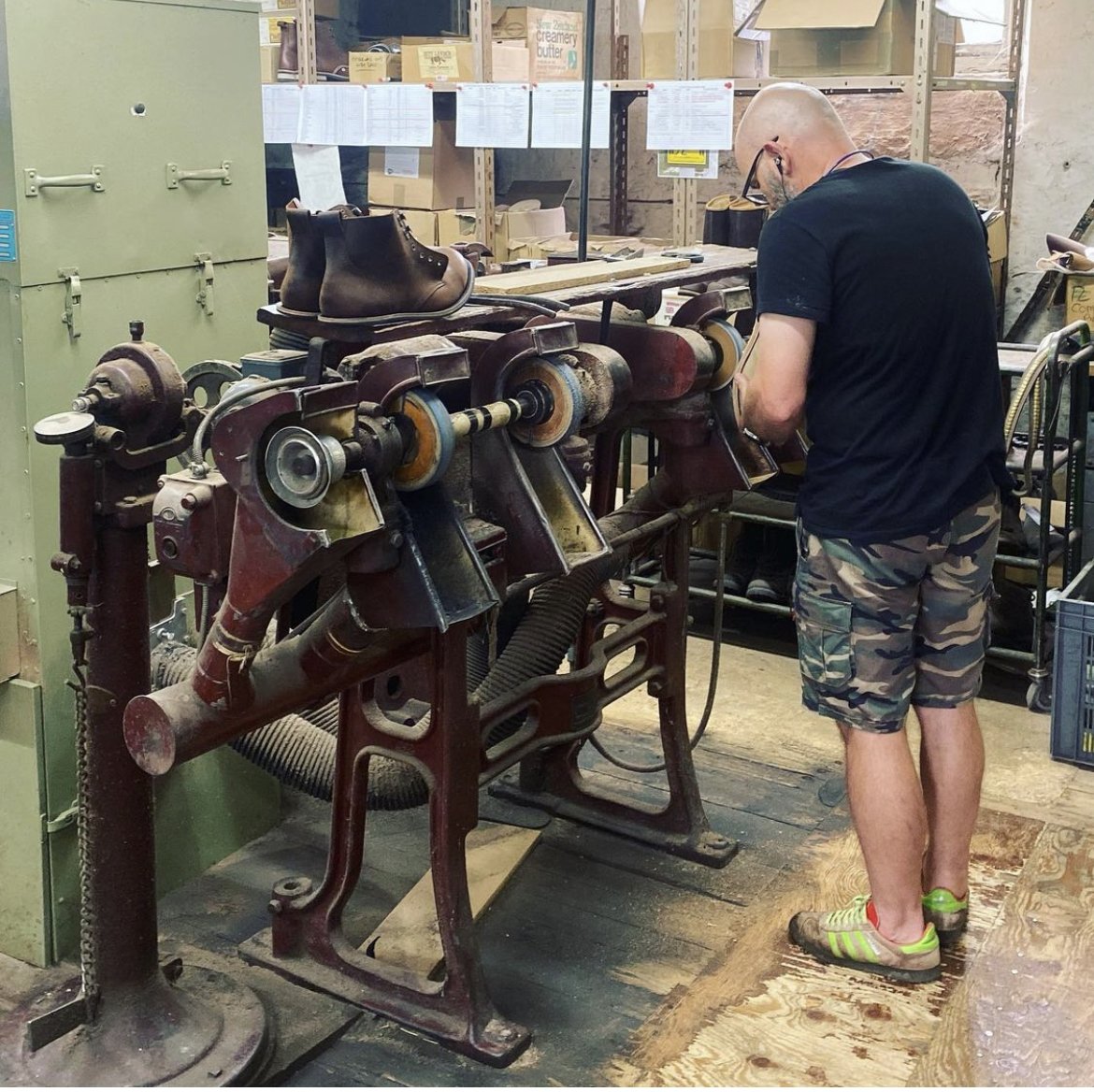
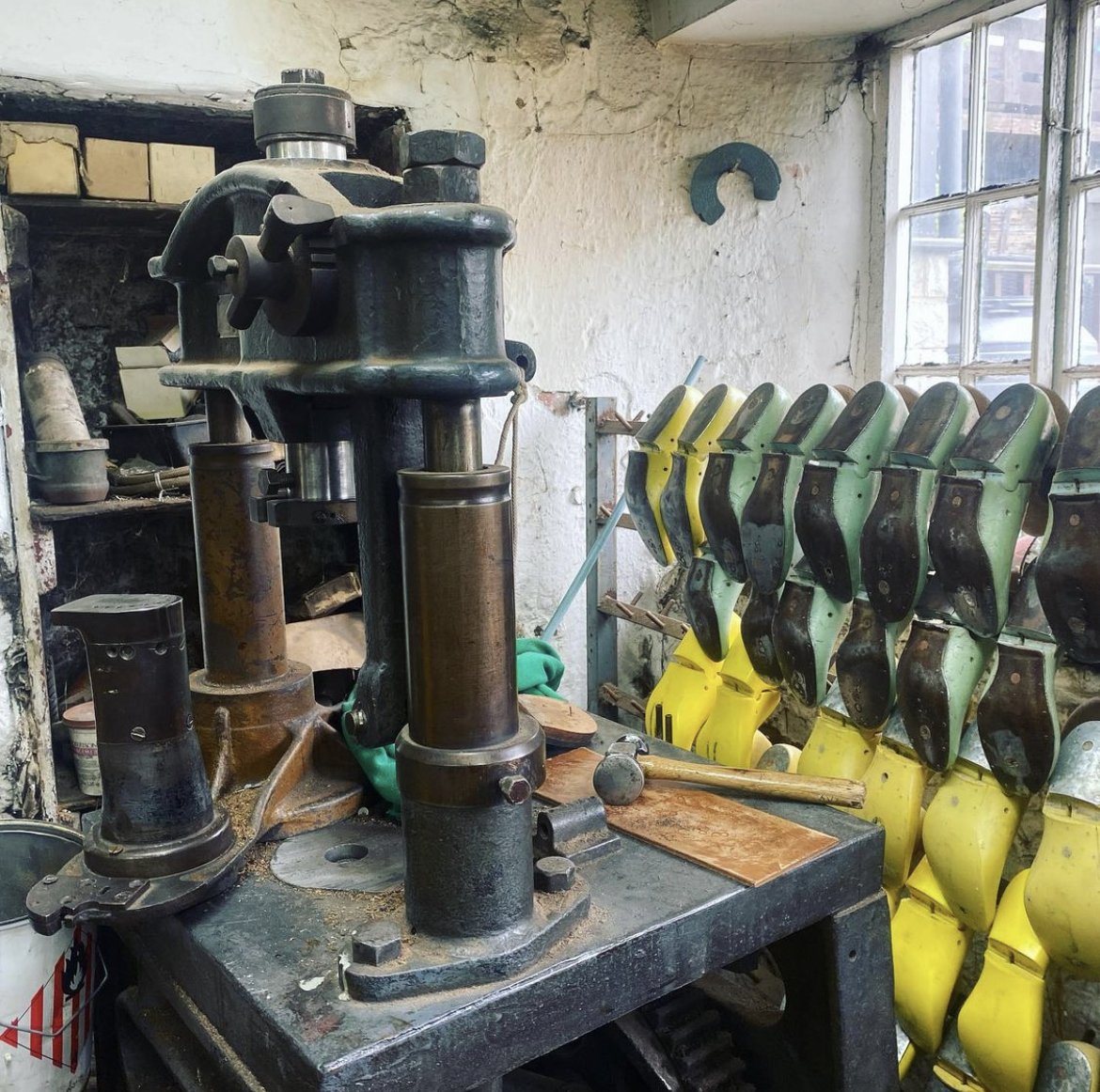
I’m both heavy handed and heavy footed, my ability to damage, break or destroy things in half the time of others is a skill that seems to thrive with age. I’ve long since given up on the idea of riding an immaculate motorcycle, a working one is good enough. There’s a beauty in the ridden motorcycle that doesn’t exist on a show bike, its the lived experience that derives from its functionality that puts the soul into the machine. You want to give it hell and for it to come back for more, confidence is gained by trust. When we approached designing boots we wanted them to perform as well as they look, and for this reason we searched out Britains oldest boot maker. There is a craft to making shoes in the traditional way, a process that requires over 100 steps, both by hand and using various types of machinery.
Money spent on good shoes is money well spent.
Its no over statement to say a good boot should last a lifetime as the construction allows each element to be repaired or replaced. In contrast the average lifespan of a boot is 300-500 miles, approximately six months of daily wear. Developments in shoe making have come at the expense of quality, in short there are no short cuts in the manufacturing process only inferior alternatives. Glueing replaces stitching, whilst a simplified construction and cheaper materials all impair how long a boot will last or keep its shape.
We headed up to the Derbyshire countryside where nestled amongst the hillside is a small cottage, home to a fourth generation family of boot makers. Hand made boots have been made here, in the same manner continually since 1899. Originally established to provide foot wear to the nearby quarry workers they made work boots designed to endure the hardest wear. The necessary functionality led to a manufacturing process using specialist machines that are now unique to this one small firm. The soles of the boots are retained using brass tacks, which requires a specialist machine dating back to the 1890’s. Only four of these machines exist in the world, three are in use here at the cottage and a fourth machine is housed in a museum in New Zealand.
When it came to designing our own boots we set out to marry the traditional skills of boot making with our own distinct style and lifestyle requirements. We opted for two styles, a classic work boot and a shepherd’s boot, one for on the bike and the other for daily wear. It also provided the opportunity to work with C.F Steads tannery of Leeds whose heritage dates back to the same period of 1890’s. Known for their artisanal tannery skills and the depth of colour attained from hides it allowed us to bring a contemporary and luxury element to a traditional boot.
For the Bolt Type 178 we used a oiled black leather which has a beautiful colour and character whilst offering some additional protection from the rain. A contrast was created between an oiled suede and oiled leather, alongside brass eyelets on the laces. The leather soles are hand stitched to a Vibram Commando rubber sole providing grip and the hardiness for life on the road. For the Type 268 we used a wheat grain oiled leather which has a beautiful patina and will improve with wear. The boot has a distinctive curved sole designed to propel the wearer when walking up hills and are finished with red hiking laces. Both styles will look good and last a lifetime if cared for.
We will be making a small order of boots in both styles which are currently available on pre-order. These will be going into production in spring with an expected delivery of mid-summer. If you would like to reserve a pair please do so below.

